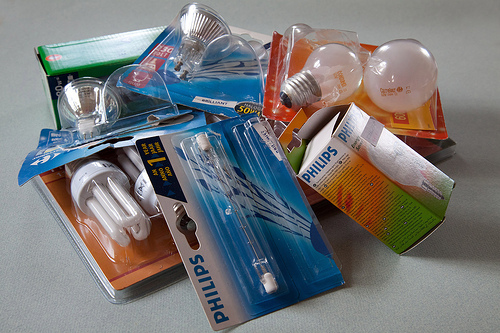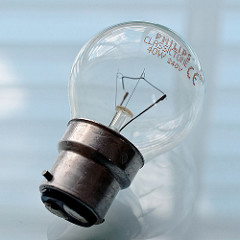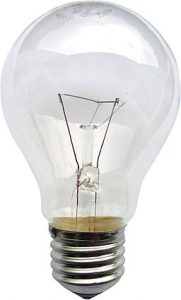What are the best light bulbs for a living room?

What are the best light bulbs for a living room? Well the short answer really is “it depends on your living room”, so use our breakdown and tips below to help you to find exactly what’s best for your particular room!
How to choose the right light bulbs for your living room
On the face of it, choosing a light bulb should be simple but it is actually very easy to make a costly mistake. Here’s everything you need to know about choosing the light bulbs for your living room.
Choose the right fitting

Before you set out for the shops or search online you need to establish the correct fitting for your lights. The easiest way to ensure that you invest in the right bulbs is to remove one of your existing bulbs and have it to hand when you shop.

Bulb fittings have references so if you can’t take a bulb with you then write down the appropriate reference. This will be E14 or E27 for screw fittings, B22 or B15 for bayonet fittings, GU10 for push and twist fittings and MR16 for push fittings.
What Type of Bulb? – CFLs, Halogens and LEDs

There are three types of light bulb to choose from – CFLs (compact fluorescent lamps), halogens and LEDs. The bulbs are available in a variety of shapes and sizes. Your choice may be limited by your light fittings as too large a bulb could protrude from the light. Aesthetics are also a consideration as the shape of the bulb will affect the overall appearance of your lighting. Some lights may only suit candle shaped bulbs whilst others would look more stylish with a rounded shape. You will require spotlights for many contemporary light fittings. Do be aware that the shape of the bulb will dictate its spread of light. The rounder the shape, the greater the spread of light.
Whilst CFLs and halogen bulbs are cheaper than LEDs, they are more costly to run. LEDs will also last much longer (up to 25 years) and so tend to be the most cost effective choice in the long run.
Brightness and Colour
The brightness of incandescent bulbs was usually expressed in watts although this is actually a measure of power. The brightness of bulbs is best expressed in lumens. The higher the number of lumens, the brighter the bulb will be. A good sized living room would require a total of between 1500 and 3000 lumens from all of the bulbs combined. You will have to decide exactly how bright you would like the room to be when all of the ceiling and wall lights are switched on but you can consider lamps as additional or task lighting.
You also need to think about the issue of colour as this will impact the ambiance of your room. The colour of light is measured on the Kelvin scale. The rating should be indicated on the packaging of the bulbs or in the online listing for the product. The yellowy light of old incandescent bulbs was around 2,700 on the Kelvin scale whereas a candle is approximately 1,600.
The issue of colour is further complicated by the fact that the colour rendering index (CRI) of your bulbs will affect how true other colours in the room appear to be. The CRI score should also feature on the bulbs’ packaging. A CRI value of 100 will make colours appear exactly as they should whereas a value of 80 will cause reds to look a little orange and other colours to be similarly washed out. Halogen bulbs score in the high 90s whilst LEDs and CFLs tend to score in the mid-80s.
So you have much to consider. Choosing the right bulb is a case of balancing cost, aesthetics, brightness and colour. Only you can decide what best suits your needs.
At O’briens Lighting we have large range of light bulbs to complement our light fittings, so you can browse our online store for everything from LED light bulbs to energy saving lightbulbs and more.